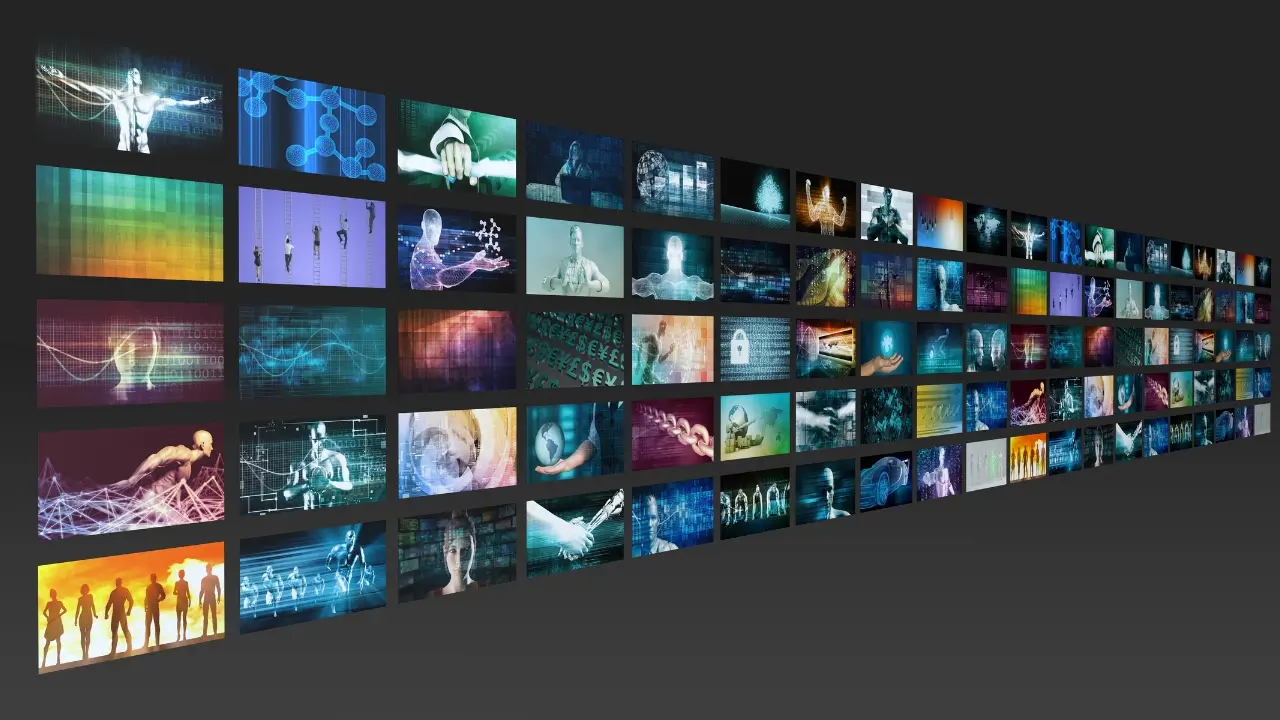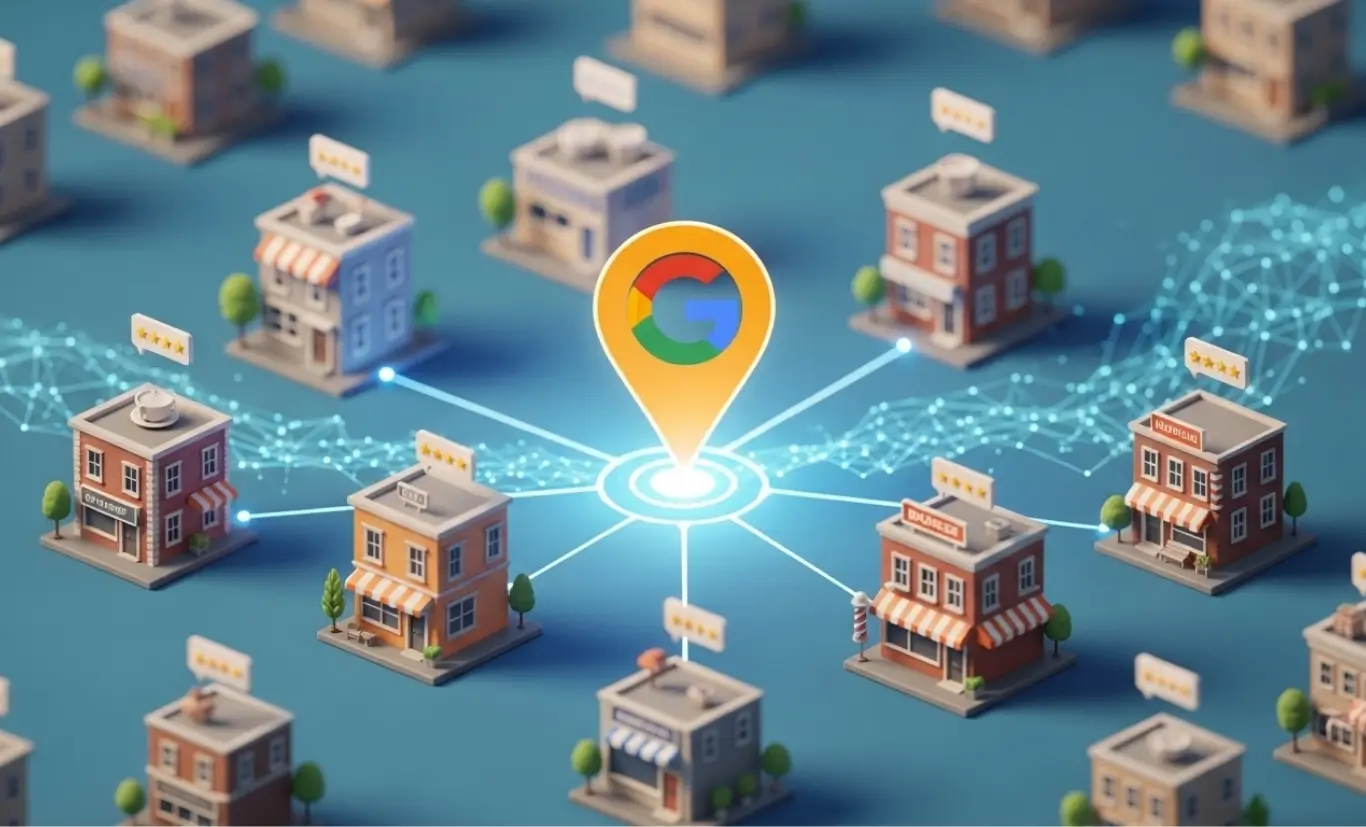Advertising is a strategic communication activity carried out to promote a product, service, or brand to its target audience. Its main goal is to attract people’s attention, increase awareness, and encourage purchasing behavior. The methods used in this process vary depending on the medium in which the advertisement will be published and the characteristics of the target audience.
At the heart of an effective advertisement lie the right message, the right audience selection, and an attention-grabbing presentation. In the digital age, this process has become much more dynamic. Today, ads are used not only in traditional channels such as television and radio, but also intensively on social media, search engines, and digital platforms.
Placing an advertisement is not just about publishing a piece of content; it is about reflecting the brand’s identity accurately. A successful ad campaign appeals to the emotions of the target audience, builds trust, and creates a loyal community in the long term. Therefore, ad planning requires strategic thinking and a goal-oriented approach.
What Is Advertising? What Types of Advertising Activities Are There?
Advertising is one of the most effective marketing methods brands use to reach their target audience, increase recognition, and strengthen sales. When prepared with the right strategy, an advertising campaign not only promotes a product, but also strengthens brand perception. These activities aim to establish an emotional connection with the consumer and move them to action.
Examples of Advertising Activities:
- Television commercials: Reach large audiences through visual and auditory impact.
- Digital ads: Provide targeted promotion opportunities on platforms such as Google, YouTube, and social media.
- Out-of-home advertising: Provide visibility in physical media such as billboards, posters, and vehicle wraps.
- Influencer collaborations: Increase brand awareness through trusted personalities.
- Print ads: Reach specific audiences directly via newspapers, magazines, or brochures.
- Radio spots: Establish effective communication with listeners through audio.
The success of advertising efforts is directly related to a brand defining its goals correctly and conveying its message clearly. Each medium creates a different impact, so the strategy must be designed in line with the content and target audience. A successful ad is measured not only by visibility, but by the lasting impression it leaves on the viewer.
Differences Between Traditional Advertising and Digital Advertising
Traditional advertising encompasses methods that aim to reach the target audience through physical channels such as television, radio, newspapers, and outdoor media. In this model, communication is one-way and it is difficult to obtain feedback. It is possible to reach audiences on a broad scale, but interaction rates are low. It is mostly preferred by businesses that want to build brand awareness.
Digital advertising uses the internet and technology infrastructure to reach the target audience instantly and in a measurable way. Campaigns run via social media, search engines, and websites can be customized according to specific ages, locations, and areas of interest. In this way, ad spending becomes more efficient.
The biggest disadvantage of traditional advertising is that performance measurement is limited. In digital advertising, on the other hand, data such as clicks, impressions, and conversion rates can be analyzed in real time. This data makes it possible to optimize campaigns and use the budget more effectively.
Today, many brands are turning to digital advertising because of the flexibility and measurability it offers. However, traditional channels still create a strong impact for certain audiences. The best results are achieved with a holistic advertising plan that strategically blends both approaches.
How to Create Effective Advertising?
Creating an effective advertisement is not limited to preparing an eye-catching visual or slogan. A successful ad speaks to the emotions and needs of the target audience by understanding their expectations. In this process, strategic planning, the right channel selection, and a persuasive narrative are decisive. Every detail must be carefully designed to strengthen the brand image and leave a lasting impact on the viewer.
Ways to Create Effective Advertising:
- Know your target audience: The success of an ad begins with knowing whom it is addressing. Data such as age, interests, and behavioral habits are analyzed to determine the right strategy.
- Craft a clear message: The main idea of the ad should be short, clear, and memorable. Instead of complex wording, a strong message that expresses the brand promise in a single sentence is preferred.
- Build an emotional connection: People remember brands they are emotionally affected by more easily. Ads that evoke empathy, inspire, or make people smile increase memorability.
- Use visual elements correctly: Color, typography, and visual composition should be in harmony with the brand’s identity. Visuals should support the message, not distract from it.
- Choose the right platform: Not every ad has the same impact on every channel. Separate strategies should be developed for digital, television, social media, or out-of-home media.
- Adopt a content-driven approach: When an ad offers not only promotion but also valuable information or a story, it builds trust and increases brand loyalty.
- Analyze and optimize: Reviewing performance data after launch provides key insights for future campaigns. Effective advertising involves a continuous improvement process.
A successful advertising strategy does more than promote a product; it tells the brand’s story. Genuine communication with people strengthens the sense of trust and creates a sustainable impact in the long term. That is why, at the core of every ad, there should be a carefully analyzed, meaningful plan.
Why Are Digital Ads Preferred the Most?
Digital ads have fundamentally changed the way brands reach their target audiences. Unlike traditional methods, they provide measurable and instant results, clearly showing the return on investment. This allows businesses to use their budgets more efficiently and shape their strategies based on real data.
As technology has advanced, the vast majority of people now spend their time on digital platforms. This makes the digital space the most effective communication channel for brands. Channels such as social media, search engines, and video platforms make it possible to reach millions of people in a short time with the right content.
One of the strongest aspects of digital advertising is its targeting capability. Ads customized according to data such as age, location, interests, gender, and user behavior reach potential customers directly. This increases conversion rates and rapidly strengthens brand awareness.
Digital advertising also offers real-time analysis and optimization. When a campaign does not deliver the expected performance, the content or strategy can be easily changed. This flexibility keeps ad effectiveness constantly at its highest level.
Today, digital ads are not just a promotional tool, but also an engagement platform. Users can interact with the ad, leave comments, or proceed directly to purchase. This dynamic structure enables brands to build stronger relationships with their customers and create a lasting impact in the digital world.
Which Advertising Platforms Are Preferred the Most?
Today, brands direct their advertising budgets to the digital platforms where they can achieve the most effective results. Since each platform offers different targeting tools, user bases, and content formats, the selection process carries strategic importance. Ease of reaching the target audience, engagement rates, and conversion performance are the main factors that determine which platform will be preferred.
Most Preferred Advertising Platforms:
- Google Ads: Provides broad reach by ensuring visibility in search results, on YouTube videos, and across the partner network. Its ability to target based on search intent makes it one of the most effective options for conversion-focused campaigns.
- Instagram Ads: On this highly visual platform, brands can reach especially younger audiences and build awareness. Story, Reels, and feed formats deliver high engagement.
- Facebook Ads: Still stands out as a strong channel for demographic and interest-based campaigns. Its large user base allows brands to reach different age groups simultaneously.
- YouTube Ads: Ideal for brands that want to tell stories through video content. Brand awareness is increased in highly viewed videos and user engagement is strengthened.
- TikTok Ads: This platform, which draws attention with short, creative videos, is particularly popular among young users. Trend-driven campaigns can quickly achieve a viral effect.
- LinkedIn Ads: Preferred by brands that want to reach a professional audience in B2B targeting. Very precise targeting can be done using filters such as industry, position, and company.
- Twitter (X) Ads: Used to reach dynamic audiences that follow current events. Offers the advantage of real-time interaction and rapid response.
- Pinterest Ads: A suitable space for users looking for visual inspiration. It is an effective platform for brands focused on fashion, decoration, design, and lifestyle.
Choosing the right platform ensures that the ad budget is used efficiently and leaves a meaningful impact on the target audience. Brands that carefully analyze the features each platform offers and shape their strategies accordingly achieve strong results both in terms of visibility and conversions.
Why Should Advertising Platforms Be Chosen According to the Industry?
The success of an advertising strategy begins with accurately analyzing which platform is most suitable for which industry. Each industry has its own target audience, habits, and interests. Therefore, the same ad model will not produce the same impact in every field. Choosing the platform according to the industry ensures that the message reaches the right people and increases conversion rates.
In some industries, visuals are at the forefront, while in others information and professionalism are more important. For example, for fashion or beauty brands, visually oriented channels such as Instagram and TikTok are more effective, whereas for companies operating in the B2B field, LinkedIn is one of the best choices. A platform that matches the nature of the industry brings together the brand’s voice with the expectations of its target audience.
Selecting the right platform also helps to use the advertising budget efficiently. An ad published in the wrong channel produces ineffective results and generates unnecessary costs. Investing in the spaces where the target audience is active increases advertising performance and strengthens the brand’s digital visibility.
Determining the platform according to the industry also provides an important advantage in terms of brand awareness and credibility in the long term. When users encounter content that speaks to their interests, they connect with the brand more easily. This is not only a momentary interaction, but also one of the most effective ways to build a sustainable brand reputation.
How to Achieve Successful Results from Advertising?
Contact Us
If you are looking for professional digital solutions for your project, get in touch with us now.
📞 0(232) 486 10 95 | 0(850) 885 02 62 | +90 (216) 599 03 78
Getting effective results from advertising depends on a planning process built on the right strategy. Successful campaigns emerge from the combination of target audience analysis, the right message selection, and appropriate platform choice. Carefully planning every step ensures efficient use of the budget and a lasting increase in brand awareness.
Working with experts or professional agencies in this process makes a big difference. Expert teams define a strategy that is aligned with the goals of the ad, continuously monitor performance analyses, and optimize campaigns in real time. This prevents unnecessary spending, increases engagement rates, and makes the returns from advertising much stronger.
The support of experienced agencies is effective not only on the technical side of advertising, but also in correctly constructing the brand’s overall communication tone. Thanks to a professional approach, ads do more than provide visibility; they also deliver long-term benefits such as trust, loyalty, and increased sales. Therefore, successful results are the outcome of expert input combined with the right strategy.
Strategies Learned from Successful Advertising Campaigns
Successful ad campaigns stand out not only through creativity, but also through sound strategy and planning. What they have in common is a deep understanding of the target audience, a clear message, and a compelling story. Each successful example draws attention with strong analysis and the ability to build emotional connections, inspiring the marketing world.
Strategies Learned from Successful Advertising Campaigns:
- Analyze target audience behavior: Successful brands know exactly whom they are talking to. When the audience profile is defined correctly, the impact of the message multiplies.
- Focus on storytelling: People respond more to stories than to plain ads. Narratives that build emotional connection increase memorability.
- Ensure harmony between visuals and message: When colors, sounds, and slogans align with the brand identity, they create a sense of trust.
- Make data-driven decisions: When campaigns are adjusted based on real-time performance data, higher conversion rates are achieved.
- Combine creativity with strategy: Original ideas supported by strong analysis not only attract attention, but also turn into sales.
- Encourage user interaction: Users who participate in the campaign help the brand spread organically.
- Get the timing right: By identifying the times and periods when the target audience is most active, maximum visibility is achieved.
Successful ad campaigns are not created from random ideas, but from well-thought-out steps. When strategic planning, emotional connection, and data-driven optimization come together, brands are not only noticed; they also become remembered and preferred.
Frequently Asked Questions About Advertising (FAQ)
We have compiled the most frequently asked questions about advertising strategies, budget management, and digital campaigns for you.
When planning an ad campaign, you analyze the target audience, define the message, choose the right platforms, and distribute the budget strategically. The campaign is then optimized based on performance data.
Digital ads offer measurable results, lower costs, and the ability to target specific audiences. Campaigns can easily be optimized with real-time analytics.
Social media delivers personalized ads based on users’ interests. Engagement rates are high and brand awareness can grow rapidly.
Google Ads targets based on search queries. When users search, your ad is shown according to relevant keywords and you pay per click.
The budget is planned according to the campaign duration, size of the target audience, and the channels used, and should be applied with a flexible strategy based on conversions.
E-commerce, tourism, education, health, and service industries achieve high engagement with digital ads. In these areas, highly targeted campaigns provide a significant advantage.
Ad performance is analyzed using metrics such as click-through rate (CTR), conversion rate, impressions, and return on investment (ROI). This data plays a critical role in strategy development.
Video ads are stronger in grabbing attention, while image ads are more cost-effective and easier to distribute. The right format should be chosen based on the target audience.
Professional agencies use their experience to build the right strategy, continuously monitor the campaign, and help you achieve the most efficient results. This ensures your budget is used more effectively.
A clear message, accurate targeting, impactful visuals, and data-driven strategy are the core elements of a successful ad. Every detail contributes to the brand image.















Do Comment